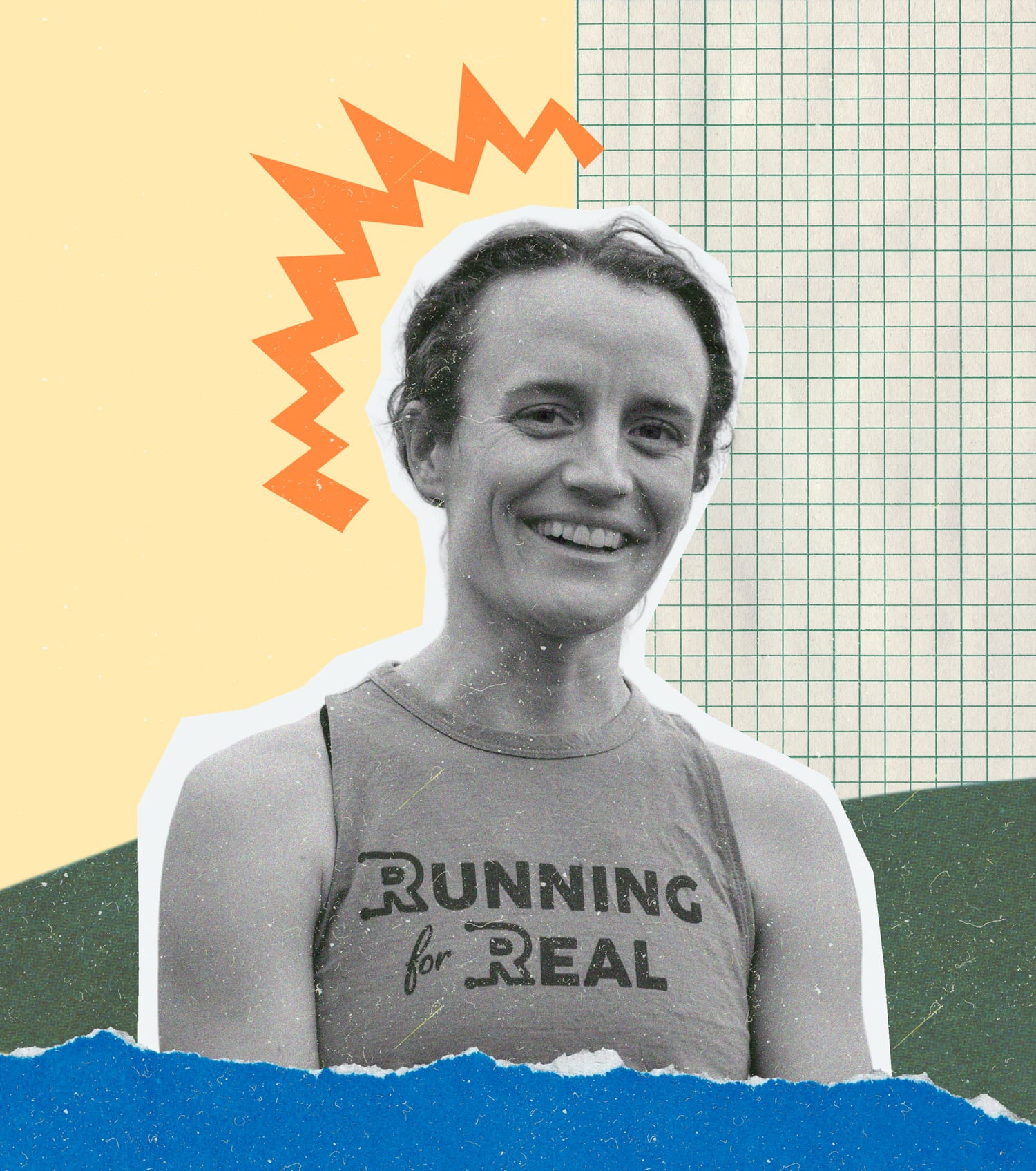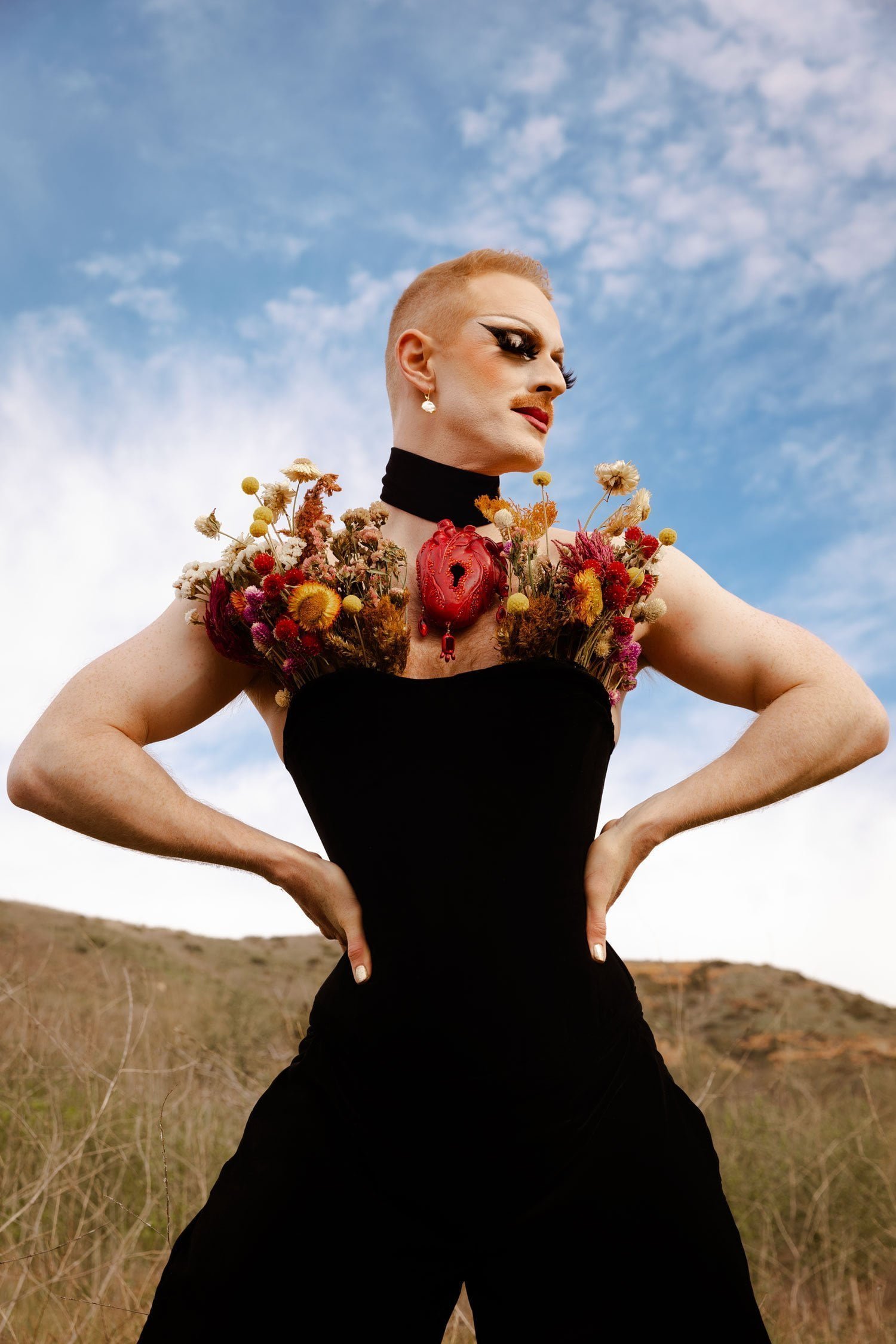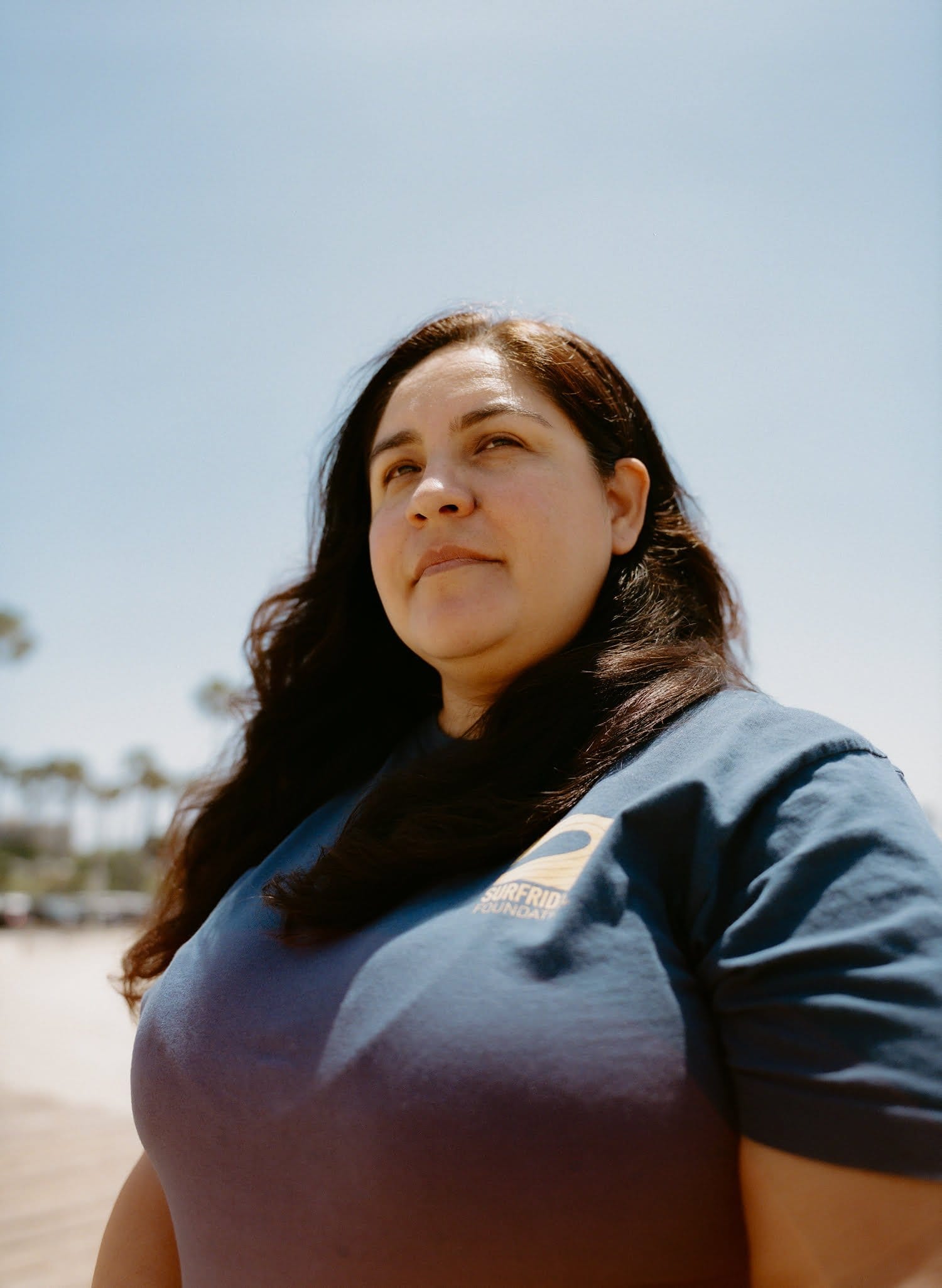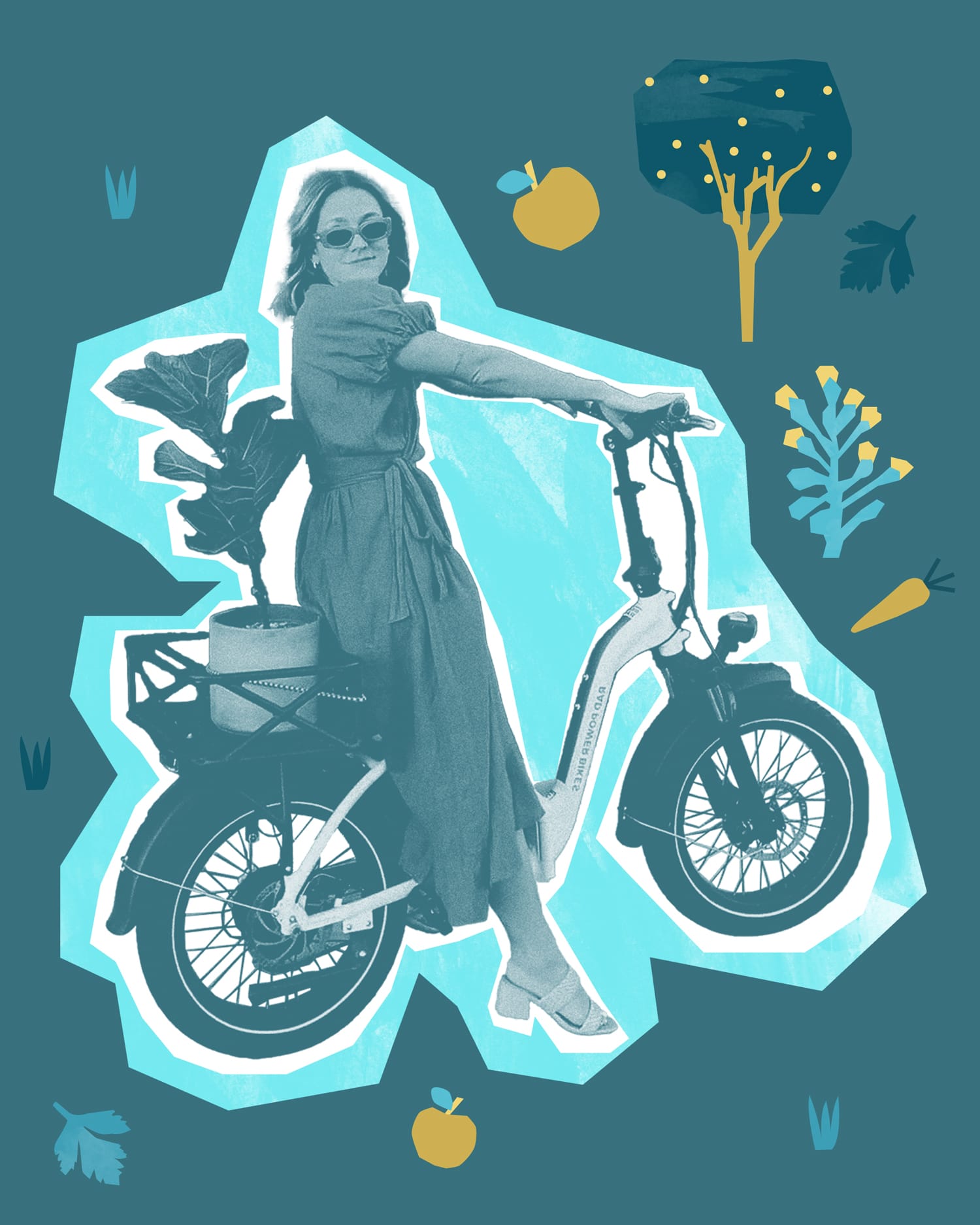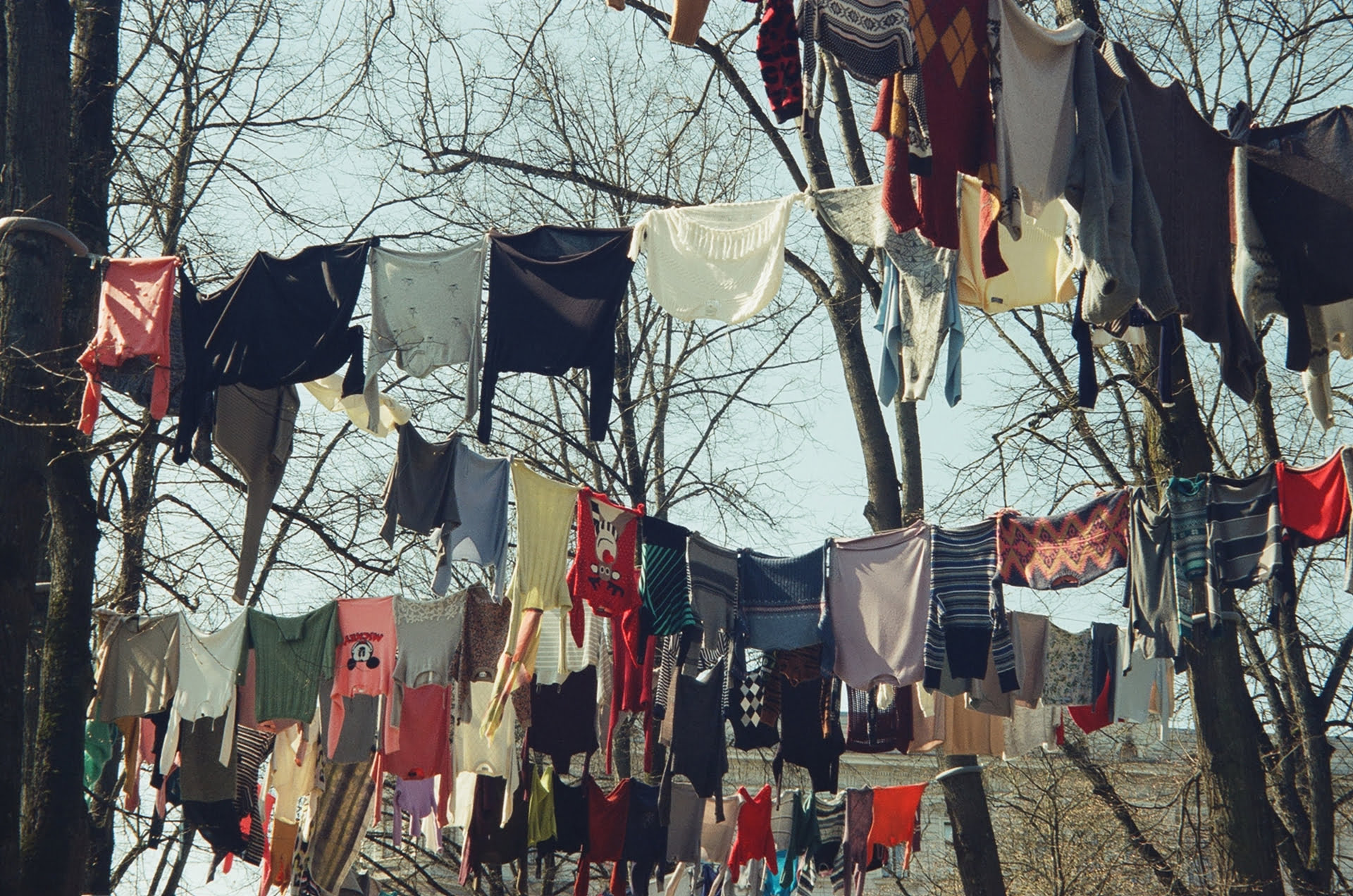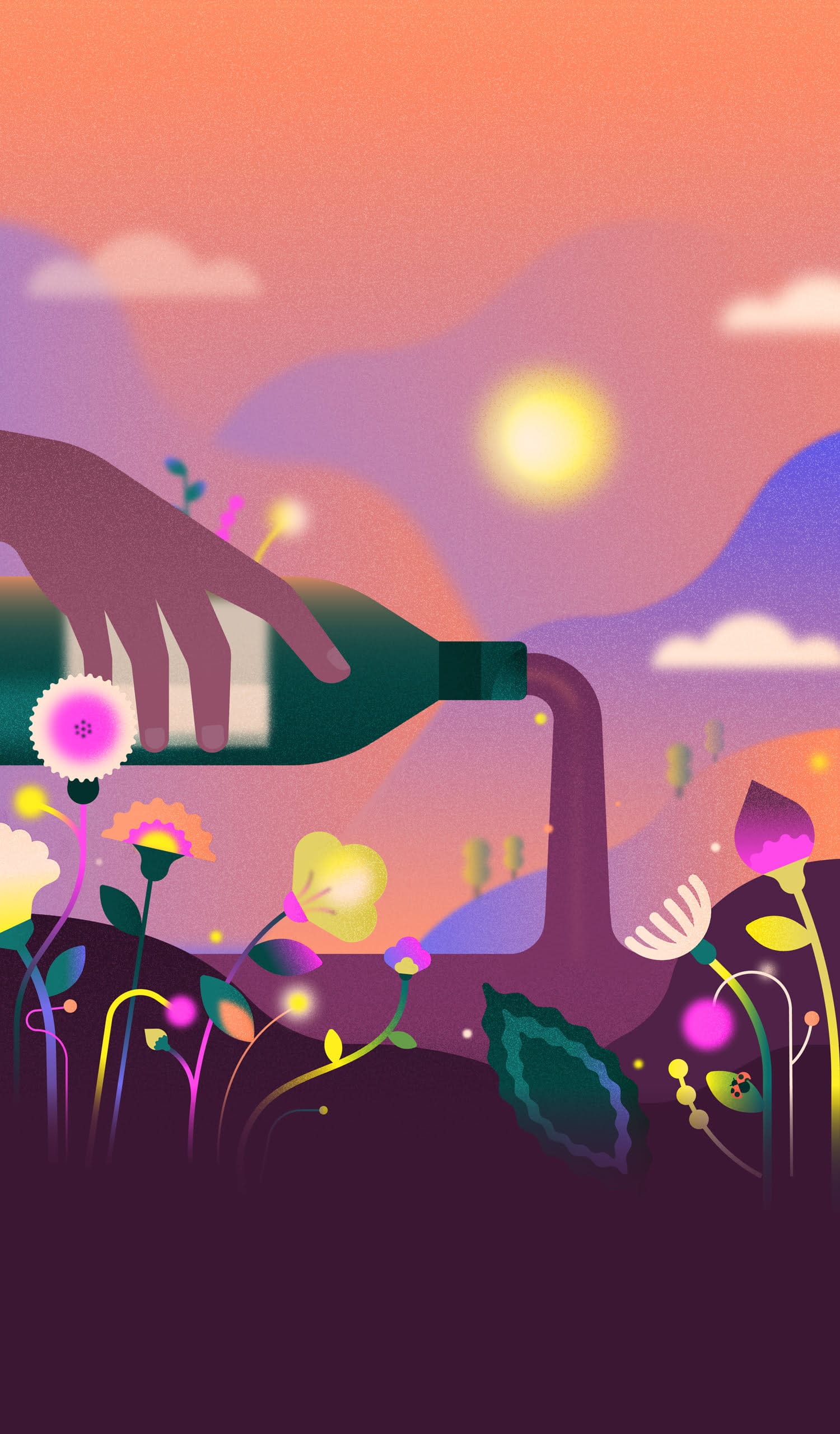Sustainable running expert Tina Muir explains how her passion for running connects to her love for the planet.
Two of my greatest passions are things that, as a teenager trying to figure out my place, I concealed from the world. While I am now a proud environmental activist who has become the face of sustainability in running, when I was younger I didn’t want people to know that I enjoyed running – and it certainly wasn’t cool to say that you were in love with nature. So I buried my curiosity and interest in those areas.
When my running ability put me into the public spotlight, I embraced my talent and allowed it to become one of the facets of my identity. The environmentalist inside me remained in darkness until a best friend challenged me to speak to my passion in public. And so I found a way to merge my two passions to where my heart felt aligned. I could gently brush my hand against the trees I ran by, speaking to them as if they were old friends. I could utilize the strength, stubbornness and grit of the running community to build momentum for the climate movement. I could speak proudly about doing what we can to support the healing and rejuvenation of Mother Earth in a way that brings others in, rather than pushing them out for not being “good enough.”
I do believe that running can make the world a greener, kinder, more compassionate place. I do believe that the running community can be a powerful force for good, and that the act of running itself, which brings people into nature day in and day out, seeing the environmental changes, can inspire people all over the world.
Here’s how.
1. Running helps us see the world differently
Running allows us to reach places we otherwise would not have the opportunity to explore. We get to step off the tourist paths of a city and discover its rugged (and beautiful) aspects. We get to climb higher, go further, and see the world through a different lens. It is easy to overlook and pass by nature in our home surroundings, but when we see the jaw-dropping beauty of something we are not used to, it clicks with us just how important it is to protect this perfectly imperfect planet we had the incredible luck to be born on.
Increasing our understanding of the complexity and brilliance of the world means that we will seek to continue to learn and grow, and that ultimately, we will want to advocate for the planet we call home. It is not about saving ourselves and ignoring all other living beings, it is about finding ways to live in harmony with them, to give and take, so that we can continue to benefit from the lessons they have to teach us.
Imagine5 Volume 4 is here.

Cover star Madame Gandhi on the sounds of the Antarctic, free climber Alex Honnold reveals his biggest challenge yet, actor Rainn Wilson embraces his soulful side and much more more!
Starting at 7,- plus shipping
Get your copy now2. Running builds resilience
There is a reason why running is the punishment in most other sports; people know how humbling and hard it can be to commit to running and to work through the ups and downs it brings. Running teaches us how to handle things going wrong, missed expectations, and the inability to control so much of our lives.
The skills that build resilience and mental flexibility are becoming increasingly important in the changing world we live in. Running teaches us to hang in there and find a way to make it through, and also that working alongside others is the best way to achieve our goals.

3. It’s great for connecting with nature
Humans are meant to be out in nature. While we get great comfort from being inside in our own spaces, our bodies and minds are soothed by nature; we are wired that way and have evolved to consciously and subconsciously require it.
That said, I’ll be honest; as someone who lives in the humid Midwestern US, surrounded by intense heat and mosquitoes at this time of year, I also stay in my home to avoid the relentless high dew point and growing population of insects that cause me discomfort – two adverse effects of climate change.
And yet, finding a way to be outside, even if we have to modify it from the way we may have anticipated, can fill our emotional and mental cups more than any technology ever could. Running allows us a way to be out in nature, taking it all in, while also taking care of our bodies. If you can’t run (as I currently can’t – I’m in recovery from Achilles surgery), then hike, walk, or simply sit in nature.
When we are connected to nature, we are connected to ourselves, and from there, we can become the climate advocates we want to be.
4. The running community gets things done
In Becoming a Sustainable Runner, the book I wrote with Zoë Rom, we included a chapter about how runners get things done. It was somewhat of an inside joke; runners are stubborn (often to our detriment) and we don’t mind being sweaty, red-faced, and yes, stinky humans if it means we do our best and reach for our goals. One thing I know though, is that determination and grit can be channeled into other areas of our lives, and that if we put our minds to something, we can find a way to make it happen.
So if the running community gets behind some clear-set climate intentions, I know we can make a powerful and important difference. What that means for you in your community, I can’t tell you. Combine your passions with what is affecting your local community and start there.

5. You can tackle plastic on the trot
I love plogging. Yep, that is a real word. It’s derived from the Swedish verb ‘plocka upp’ meaning pick up, combined with the English word ‘jogging’. When I host plogging events, I love seeing the lightbulb go off in people’s minds that they too can be a part of the solution, when most of the time they feel like only part of the problem.
Picking up trash like cigarette butts, snack wrappers, and plastic bottles while running is not going to help runners set a personal best and it is not going to save the world, but it does plant seeds. It inspires others who see us out there to pick up the trash that they see (imagine if every human picked up one piece of trash every day); it inspires those who participate to find ways to take action, as it feels good to do something that contributes positively to the world; and it brings runners of every speed together, a situation that rarely happens. You can’t plog fast, so it is one of the few things that everyone goes into with the same expectations; this is not for speed, it is for the betterment of our community. Collect it in a compostable trash bag (or let’s face it, everyone has an abundance of plastic bags) and if you have a larger group, ask a local restaurant if you can put it in their dumpster. Cleaning up the streets outside where they do business helps them too! Find a plogging event near you and see what I mean.

6. Runners know the value of gear that lasts
Running requires quality clothing. When you spend many miles (or hours) out running, especially in the summer, those clothes take quite the beating, and need to be able to handle it.
Purchasing fewer items that can withstand more runs before washing and have the durability to outlast cheaper items is always best. Look for ones that contain merino wool; it is great at absorbing sweat and smell, which means that you can wear the same item for multiple runs in a row without washing it. Merino wool also takes only six months to break down when thrown away, compared to hundreds of years for a synthetic (a.k.a. fossil fuel-based) material. Natural materials also don’t shed microplastics with every single wash like synthetic materials do.
I also love to wear my high-quality running clothes as my day-to-day clothes first. That way I can wear them for two to three days (knowing they can handle the multiple day use) and then get two to three runs in them. Win, win, win.
When we run through or spend time in nature, we recognize that the human species is not superior to other living beings. We are inextricably connected to them; all living beings are. The more we open our eyes to the ways that we can connect the things we love to that time in nature, the more aligned we feel, the more determined we become to protect this planet, and the more able we are to get things done.
Let’s go.
About the author
Tina Muir is the co-author of Becoming a Sustainable Runner, a practical guide for approaching running in a way that merges runners’ passion for their sport with their concern for their health, their community, and the environment. She works with major road races on their sustainability initiatives, and is the sustainability director for the World Athletics Road Running Championships to be held in San Diego in 2025. She also hosts the award-winning podcast Running for Real.
About Imagine5
We are storytellers inspiring you to live a planet-friendly life. Through our stories we shift perspectives and help you see that sustainable change is already underway. Sparking imagination that leads to action, creating a shift to sustainable behaviour as the norm. It’s happening.
Read more